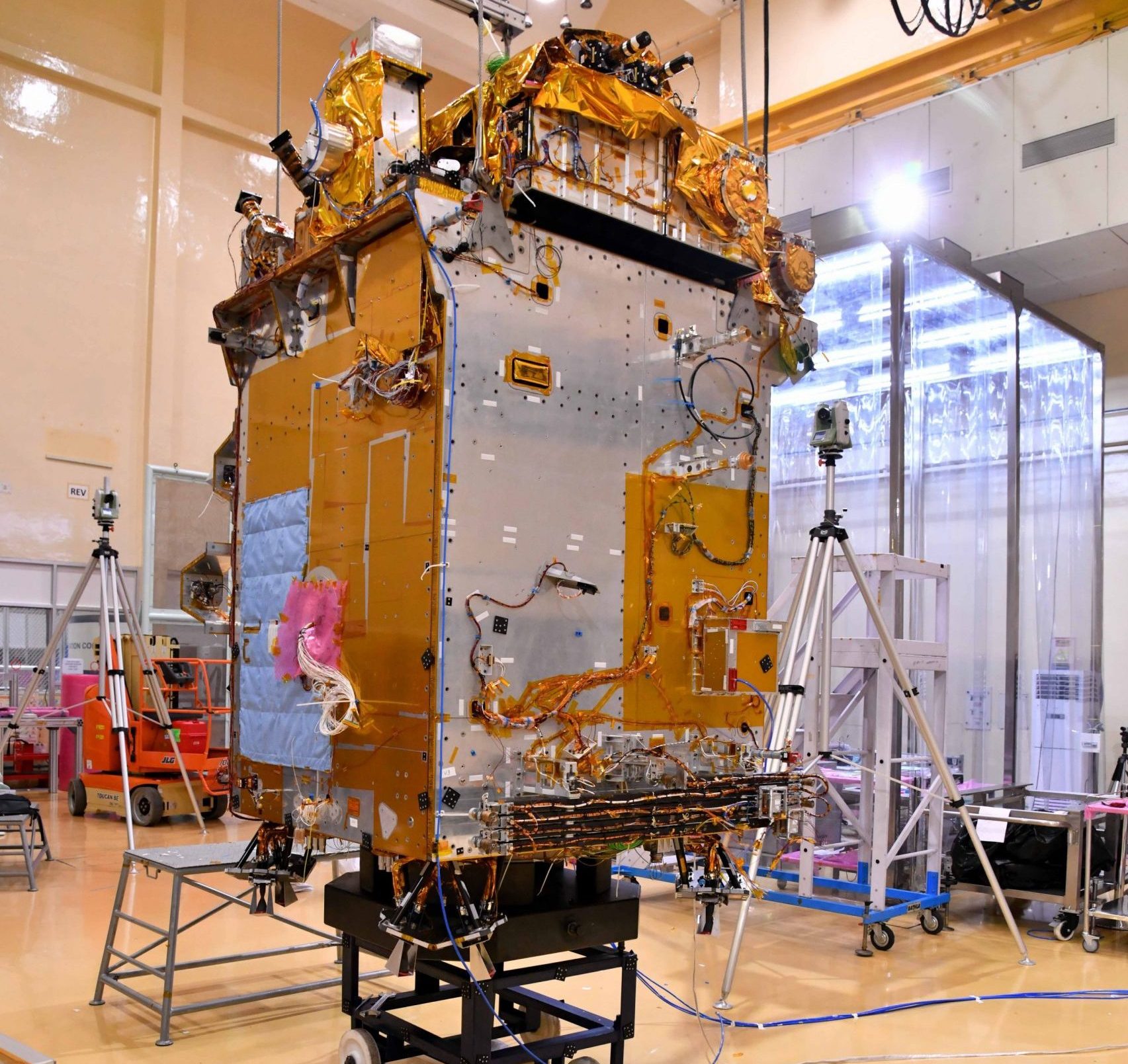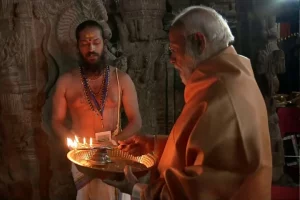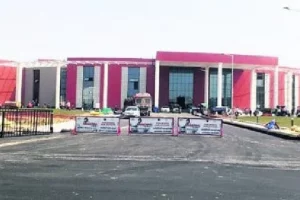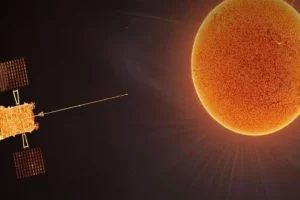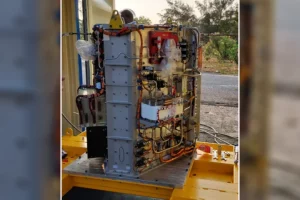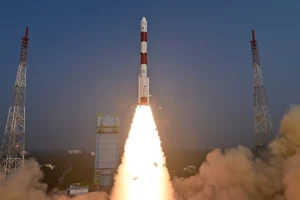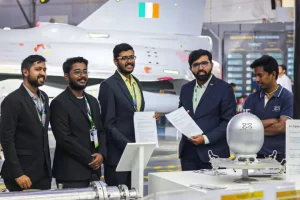Aditya-L1, India’s first space-based observatory to study the Sun, is getting ready for its launch soon, ISRO announced on Monday.
ISRO said that the satellite has arrived at its Sriharikota launch pad in Andhra Pradesh. The development comes close on the heels of the successful launch of Chandryaan-3 to the Moon.
Although ISRO has not disclosed the exact date of the launch for Aditya-L1, it is likely to take place in the first week of September, according to a senior official.
The spacecraft is expected to be placed in a halo orbit around the Lagrange point 1 (L1) of the Sun-Earth system, which is about 1.5 million kilometres from the Earth.
A satellite placed around the L1 point has a major advantage of continuously viewing the Sun without any occultation/eclipses. This will provide a greater advantage of observing the solar activities and its effect on space weather in real time,” ISRO said.
Aditya L1 will look at the Sun continuously hence it can forewarn scientists of imminent solar electro-magnetic effects on Earth. This will help protect our satellites, and other power electrical and communications networks from getting disrupted and help continuing normal operations by operating them in safe mode, till the solar storm blows over.
PSLV-C57/Aditya-L1 Mission:
Aditya-L1, the first space-based Indian observatory to study the Sun ☀️, is getting ready for the launch.
The satellite realised at the U R Rao Satellite Centre (URSC), Bengaluru has arrived at SDSC-SHAR, Sriharikota.
More pics… pic.twitter.com/JSJiOBSHp1
— ISRO (@isro) August 14, 2023
The main scientific goals of the Aditya-L1 mission include studying the dynamics of the Sun’s upper atmosphere, including the chromosphere and corona, investigating chromospheric and coronal heating, the physics of partially ionised plasma, and the initiation of coronal mass ejections and flares.
Isro will also study the magnetic field topology and measurements in the solar corona, and investigate the drivers for space weather, including the origin, composition, and dynamics of the solar wind.
Aditya-L1 will be equipped with seven payloads. Four of these will remotely sense the Sun, focusing primarily on the chromosphere and corona. The other three will conduct in-situ observations.
Also read: Chandrayaan-3 sends back first photos of Moon as it moves closer






